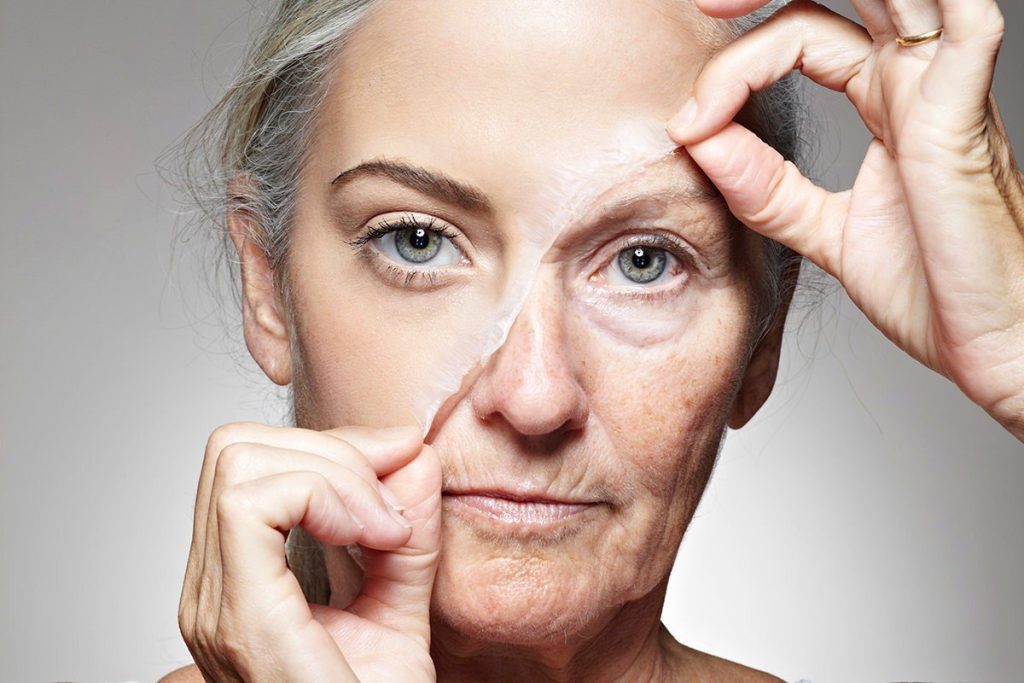Menu
Smoking is a leading cause of premature skin aging. The harmful chemicals in cigarette smoke, such as nicotine and free radicals, cause significant damage to the skin’s structure. This damage leads to reduced blood flow, decreased collagen production, and increased oxidative stress, all of which accelerate the formation of wrinkles, sagging skin, and a dull complexion. Additionally, the repetitive facial movements associated with smoking, like pursing the lips and squinting, contribute to the development of expression lines.

These combined effects of smoking lead to accelerated skin aging, resulting in wrinkles, sagging, dullness, and an overall aged appearance. Quitting smoking can help slow down the aging process and improve the health and appearance of the skin.

Got Questions? Call us 24/7
info@smokefreeme.co.uk
Guzel & Co Ltd, Spaces Finsbury Park
17 City North Place, London, N4 3FU
Got Questions? Call us 24/7
info@smokefreeme.co.uk
Guzel & Co Ltd, Spaces Finsbury Park 17 City North Place, London, N4 3FU